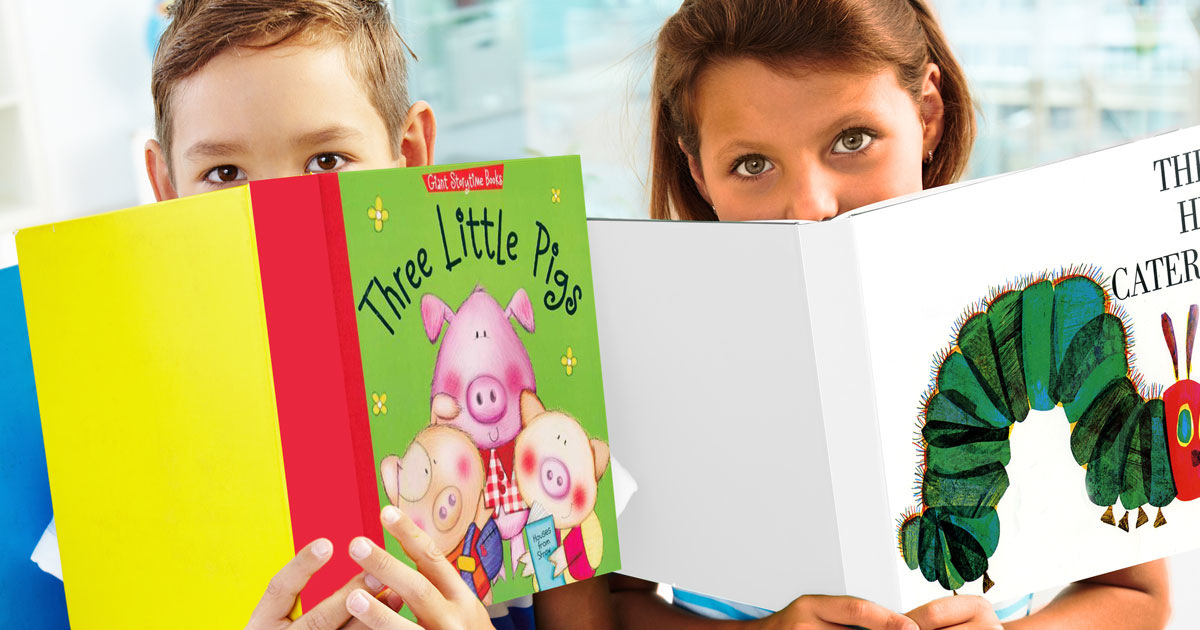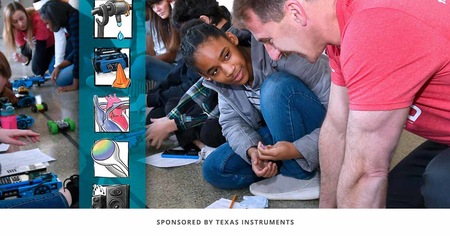All kids learn differently. Some learn through listening, seeing or experiencing a concept. STEM concepts can often be introduced or extended with the use of a good story. Sometimes reluctant learners may better understand a concept when told through a story. STEM knowledge is too often placed on a pedestal. Newton discovered gravity. Galvani discovered electricity. We can make it sound like these amazing people woke up one day and just had these ideas. It can feel very disconnected from the experiences of our young people. Stories around the personalities or history of a concept can provide context and background while showcasing some of the amazing struggles famous scientists had to go through to reach their conclusions. Newton only went to university after being kicked off his family’s farm for being a horrible farmer. Galvani discovered electricity while dissecting frogs on metal stands and accidently making a battery. Instead of electricity, he thought he had discovered the secret to life, and his ideas lead to the book, Frankenstein. By combining STEM and literacy, concepts can be given context and connections can be easily drawn to existing knowledge. Literacy activities can help demonstrate that STEM is part of our everyday lives. Language-rich programs promote discourse, collaboration and communication.
Following are five strategies for incorporating STEM, language and literacy into your program:
- When reading any book or story, use open-ended questions to stimulate critical and creative thinking. What’s your prediction of what will happen next? Why do you think that happened? What would be different if the main character was a worm instead of a caterpillar? Challenge kids to be problem solvers and explore their own ideas.
- Use factual STEM textbooks to stimulate thinking and introduce new vocabulary. You do not have to read a whole book. Choose a page and/or a photograph to share with the group. For example Bats: Biggest! Littlest! by Sandra Markle can provide a great start for an investigation concerning these often maligned creatures.
- Books can be used to challenge gifted learners to expand the depth and breadth of their knowledge. Challenge kids to research a personal interest and then demonstrate an experiment or provide an amazing fact to share with the rest of the group.
- Include writing and language goals in your STEM learning. Have kids write down their results, keep journals, vocabulary lists, or create stories around their discoveries. Writing activities can extend the learning and help young people organize their thoughts. Class journals on shared projects like weather reporting or animal observations promote collaboration and communication.
- Pair a book or story with a hands-on activity to boost your STEM experiences. By adding a literacy component, you can extend learning, provide context, and even help make connections to cement the learning. For example, Math Curse by Jon Scieszka provides a great platform to show young people the power of math, and Bridges: The Science and Art of the World's Most Inspiring Structures by David Blockley can provide a great start to an engineering challenge.
From preschool to 12th grade, literacy can be used be used to stimulate STEM education, and STEM activities can be used to improve literacy skills. Research shows that when active effort is made to combine these areas, retention and understanding both increase. However, the argument to combine STEM and literacy goes far beyond just academic incentives. The Internet now provides daily tests of our reading comprehension. To be informed citizens we must all constantly judge the credibility of sources, evaluate arguments and understand complex information in written form. STEM and literacy are both vital to the future success of our young people.
Resources:
Each year the Nationals Science Teachers Association published a list of Outstanding Books for STEM education for Students K–12: www.nsta.org
A great list of elementary and middle school STEM themed books can be found on Amazon: www.amazon.com
Written by Andy Allan, the National AfterSchool Association's STEM Specialist.




